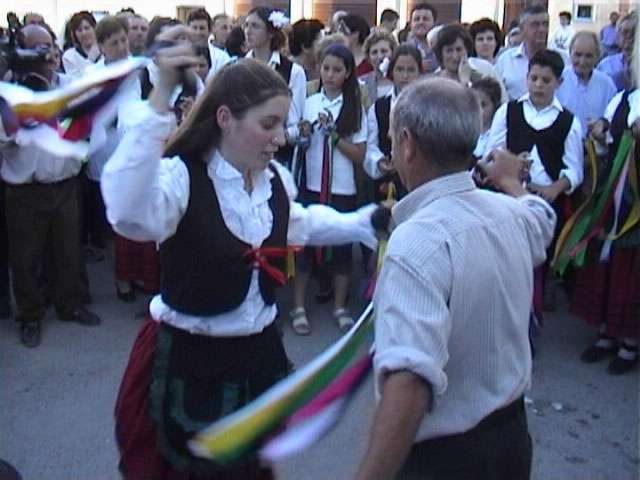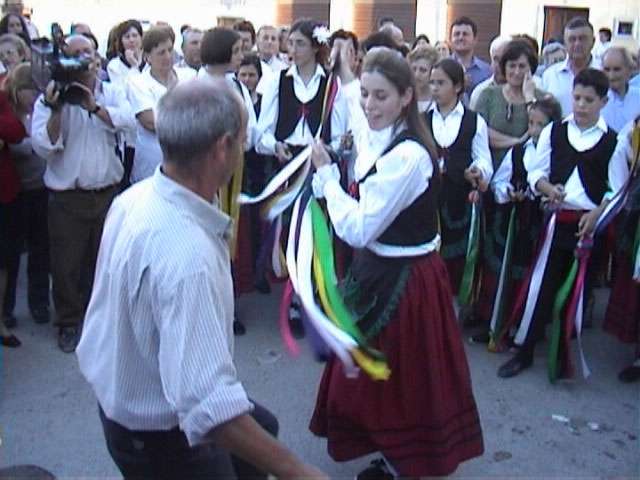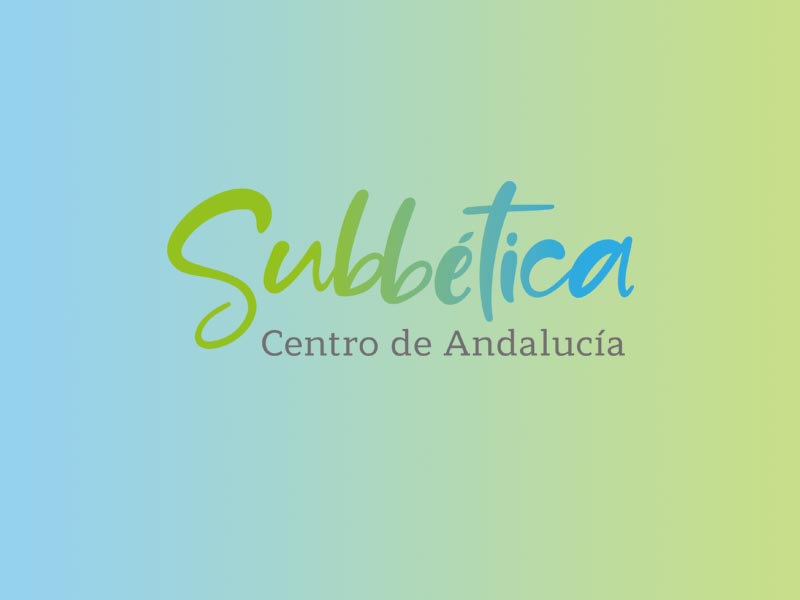The plurality of the fandango is evident, which originally was a dance, and it represents a broad area of folklore not only from Andalusia but also from the entire Iberian Peninsula.
Of Andalusian Arabic origin, it differs according to the region or district in its various styles, which are very numerous. In this way, the Malaga area, which is the first in quality, considering that the rondeña, malagueña, jabera, verdiales, and bandolas are its species, branches of the same tree.
According to experts, the oldest and most beautiful fandango, the simplest despite its execution difficulties, is the one that has its origin in the "Partido de los Verdiales" in the mountains of Malaga. It is accompanied by guitars, primitive two-string violins, and tiny metal cymbals, slightly larger than castanets. Interestingly similar to our cortijero fandango, or Chacarrá, danced in our fields and dating back to the 18th and 19th centuries. Similar to the verdial, it is danced in pairs, man and woman, and can be one or several couples, both with castanets that play to the rhythm of guitars, bandurrias or violins, tambourines, and sometimes metal cymbals placed on the fingers of the players.
Unlike the verdial, our Chacarrá is less lively and consequently less accelerated. Where does our fandango come from? Luque Navajas tells us in his "Málaga en el cante" that of the two forms of the Malaga fandango, the verdiales and the bandolas, the former are the oldest; they date even before the birth of the so-called flamenco singing. Its lyrics are cheerful and simple, with the metric base of a quintain, which is applied when singing by repeating one of its verses. And he continues: the spread of the fandango and its modality of the verdiales began from the core of Vélez towards the inland towns, which were reached by good natural communications. Thus, their muleteers, the famous meleros of Vélez, have regularly reached Loja, Archidona, Cuevas Bajas, Cuevas de San Marcos, Rute, Antequera, Lucena, Cabra... for centuries, along with fruits, honey, and other agricultural products, they carried the bold style of the Vélez fandangos.
It is evident that Luque Navajas forgot Iznájar, where precisely these songs took root more, so much so that they still endure, thanks (it must be said) to Virgilio Molina López from Iznájar, who for three decades, with perseverance, has been trying to preserve them with the organization of the "Amigos del Chacarrá" group, highlighting the participation of some local youth, new material from a quarry that should not be abandoned.
Mr. Luque Navajas says that if the meleros muleteers, others say the harvesters who came as seasonal workers, or perhaps the olive workers who came from the neighboring mountains of Malaga during the olive harvest, once finished, manifested themselves in the Remate festival with their exported songs and dances, which ended up taking root in the spirit of the locals and gave them their personal touch of identity. Who knows? The only certain thing is that the origin of the name, "Chacarrá," is lost in the night of time.
Whether it was exported or indigenous, it should not be forgotten that our area was populated by Moriscos since the reconquest of Iznájar by Juan I, and that in their flight, they took refuge in the mountains, bordering the mountains of Malaga.
Whether it was in one way or another, the fact is that until well into the 20th century, in our hamlets and farms, the young people of that time had fun with these dances and socialized in their family gatherings.
There were key dates: Carnival, San Juan, Candlemas, Easter, May Crosses... also baptisms and other family celebrations such as a wedding. The sacrament of marriage used to be celebrated in the Parish or in the Hermitage of the Antigua within the urban area, so weddings usually arrived in the village in a cavalry rush. First, the groom usually came on horseback, leading a mare saddled with a special saddle for cases like this, where the bride sat as the rider. In similar circumstances, the godparents followed, then the guests on the backs of the animals, horses, mules, or humble donkeys, adorned, of course, with colorful festive gear.
After the ceremony, they walked on foot through the main streets of the village, throwing handfuls of small change to the children who disputed it in the dust; for the adults, Rute brandy, sweet for the women and dry for the men, offered directly from the typical curved bottle, along with peanut seeds. Once at the village exit, they got back on the animals and headed to the celebration venue.
These weddings, which usually lasted two or three days, were typically entertained day and night with songs and dances of Chacarrá; of course, there was no honeymoon, so the first night, at a reasonable hour, the godmother accompanied the bride to the bridal chamber that had been exposed to the public, acquaintances, and friends for weeks, which was called "la veura." A little later, at the appropriate time, the godfather accompanied the groom, and they were left there until the early morning when they were awakened with a bowl of hot chocolate and sweets.
Meanwhile, the rest of the night, the guests played castanets and danced to the sound of the fandango:
They call me the fool because I lack one sense and you are missing one thing that the fool has eaten.
From the compliment to the verbal attack, there was only one step. The verses, as I say, were simple, cheerful, and sometimes satirical, although on occasions, under the influence of ethyl, the wine of the year, which is what was usually consumed here, mostly homemade, it could lead to fisticuffs and on some occasions to knives, because of some fool who dared to say singing what was not appropriate. Apart from this, improvisation and good rhyme were the general tone.















